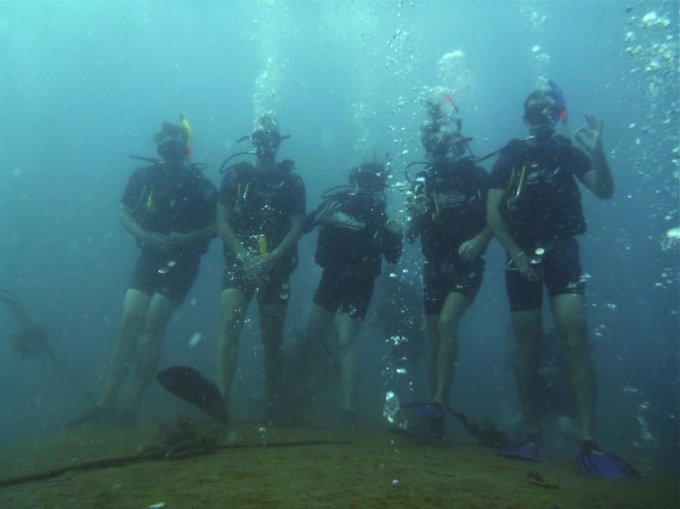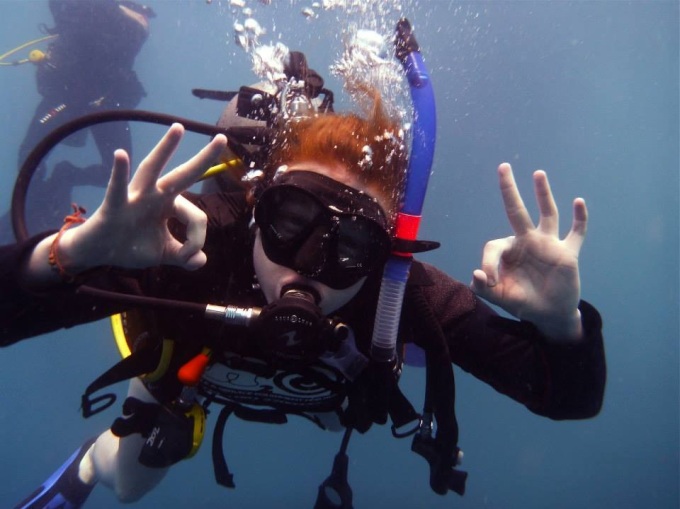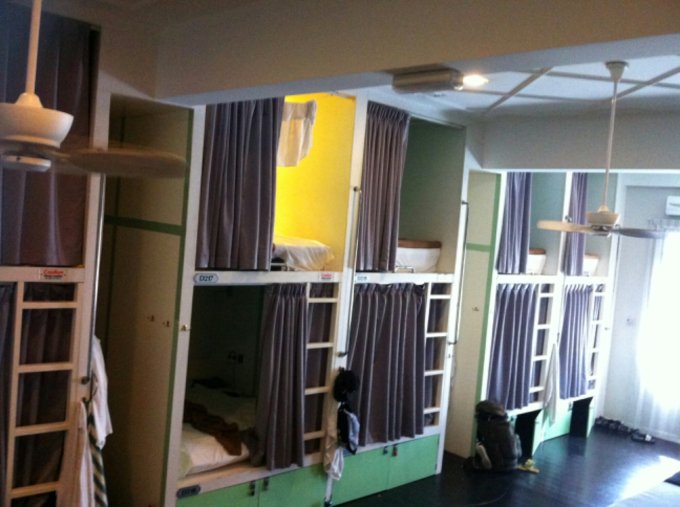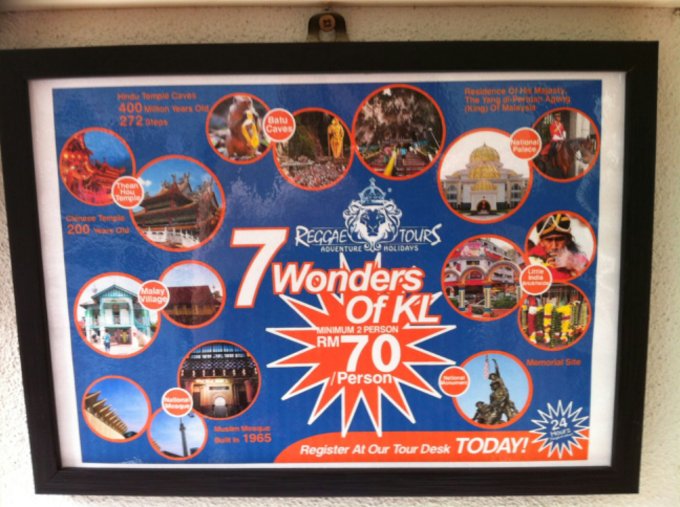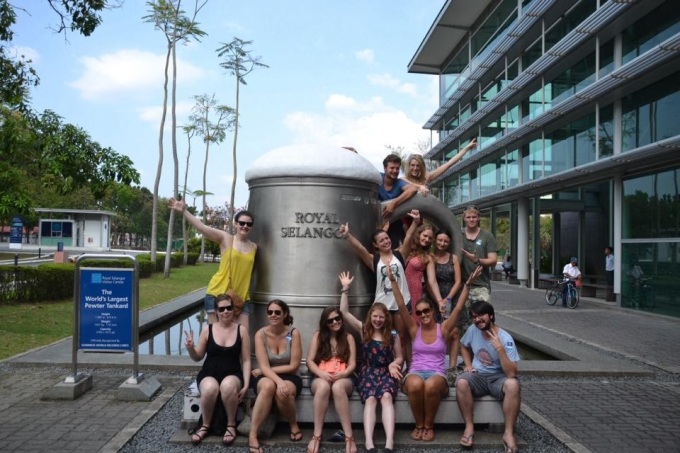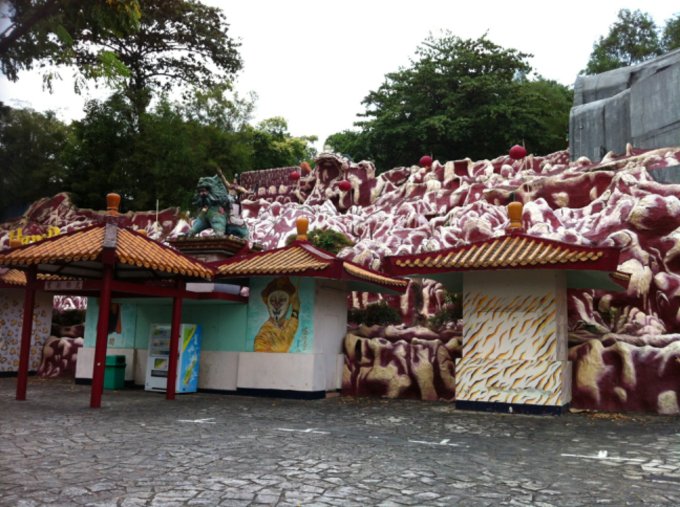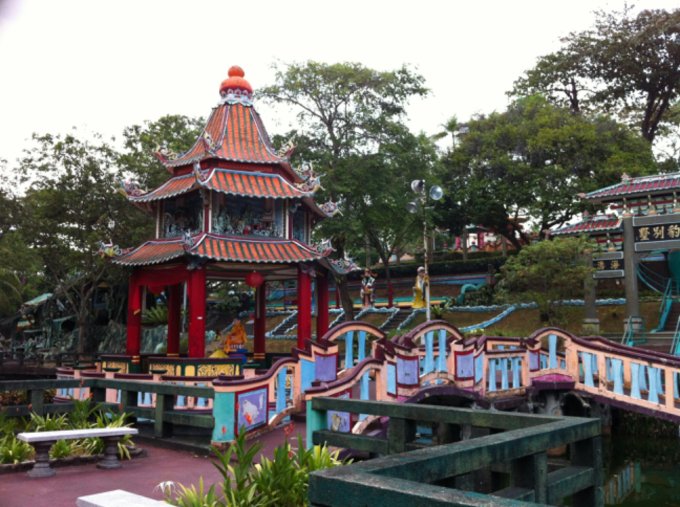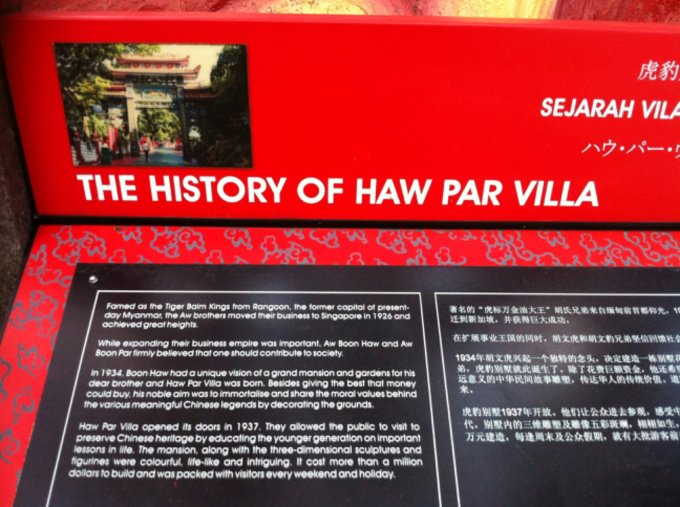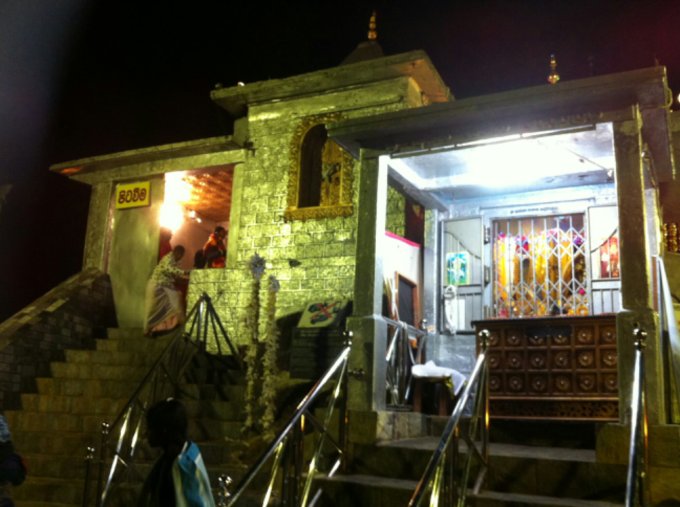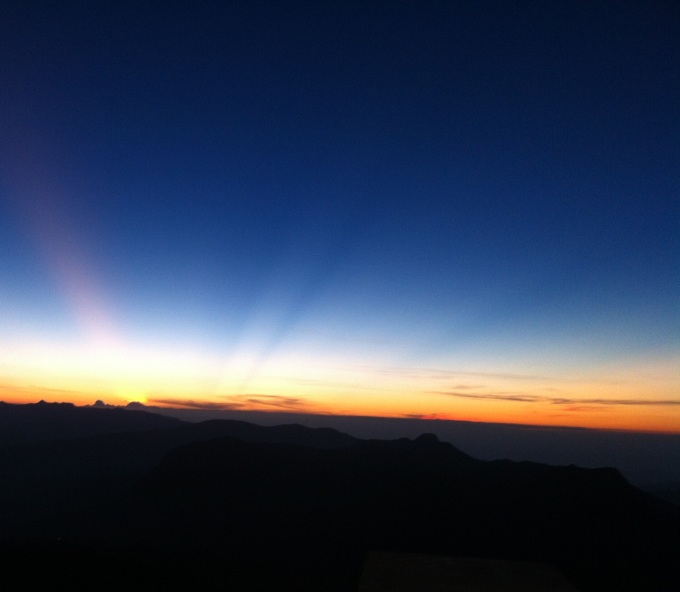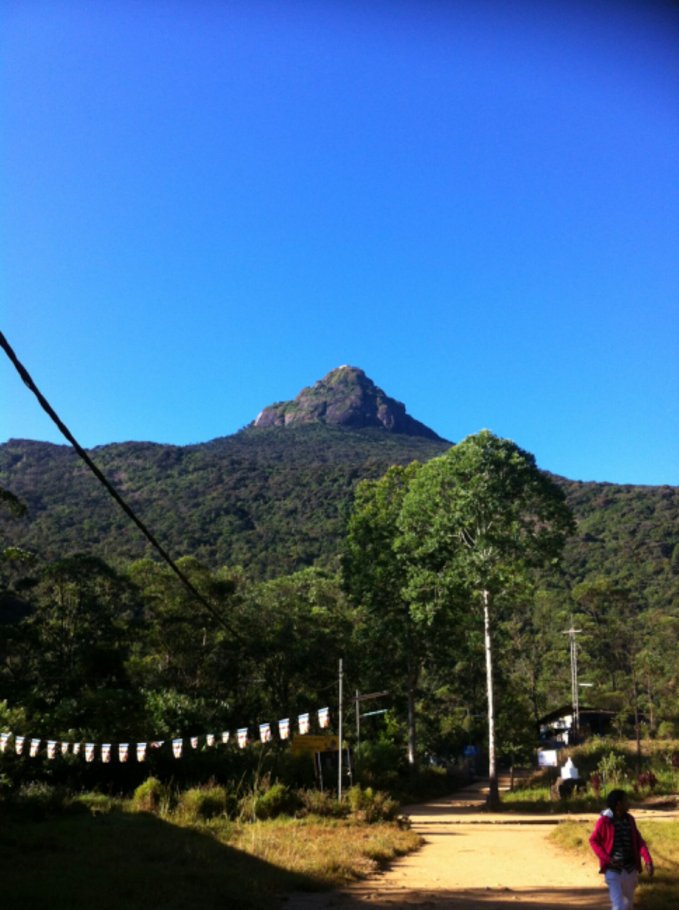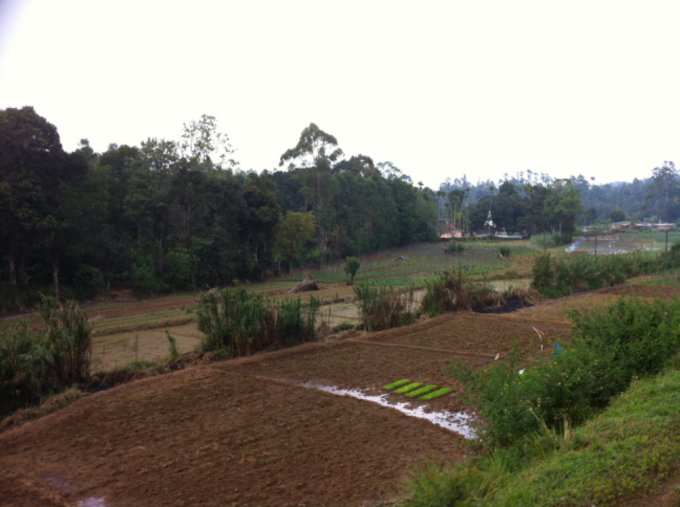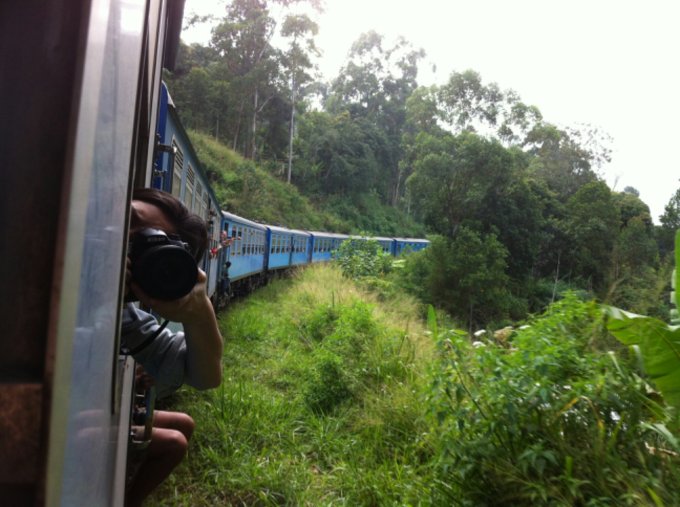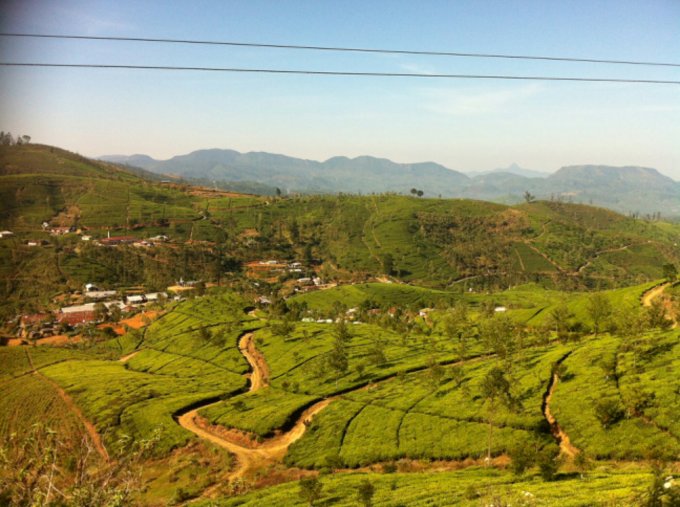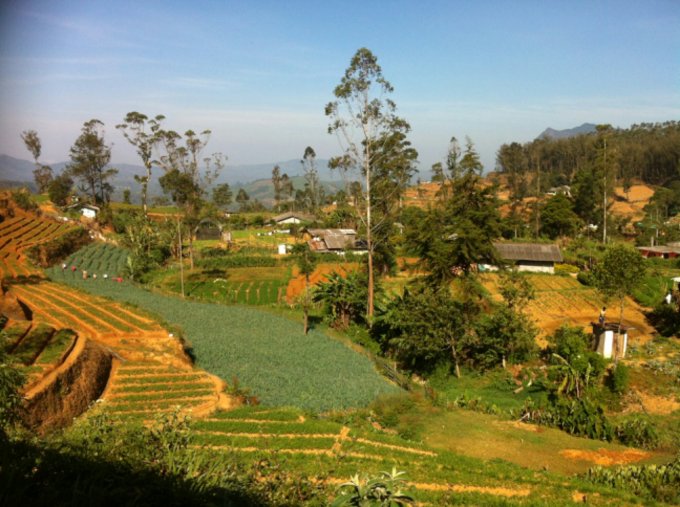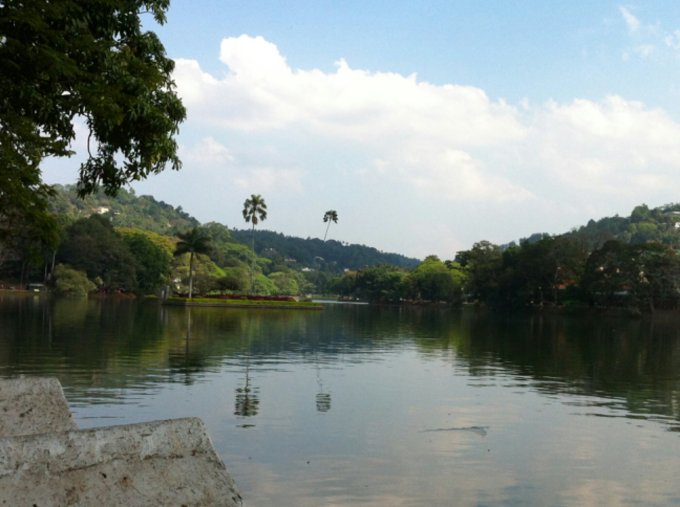From Honduras, I travelled straight to León, a fairly small town in Nicaragua, but according to my new bank of knowledge, very popular with the tourists. This was one of the recommended backpacker hotspots, and true to form, Bigfoot Hostel (busy party hostel offering popular tours), and Via Via (hostel boasting a large bar and ample space for music and dancing), occupy the same street. I opted for a hostel just around the corner, complete with snoozing cat on the free-to-use pool table, and guaranteed quiet relaxing mornings. Las Vacaciones was away from the pumping centre, but still within walking distance of everything. You can’t beat a free breakfast of fluffy pancakes with fresh banana and maple syrup either.
The hostel feline, showing us how to relax
So, with my first full day in León ahead of me, I grabbed a free map from the information table. Eager to explore, but still a little nervous about strolling around Nicaragua, a place I had led myself to believe was riddled with crime and danger, I took out my trusty, fancy, black Bic Biro, and drew myself a route. I intended to visit all thirteen churches in one day, because that’s what I’m like. I’m a planner. I often feel a heavy guilt if I don’t see absolutely everything that a place has to offer. Naturally, I also needed to pinpoint where the best eateries were; never miss an opportunity to taste your way around a country.
 Indio Viejo in Cocinarte vegetarian restaurant – a Nicaraguan dish that translates as ‘Old Indian’. Although this version is vegetarian, the stew-like dish originally contained any meats and vegetables that were native to the region.
Indio Viejo in Cocinarte vegetarian restaurant – a Nicaraguan dish that translates as ‘Old Indian’. Although this version is vegetarian, the stew-like dish originally contained any meats and vegetables that were native to the region.
With my map in hand, my ‘lifeline’ for the day, I opened the metal gate and stepped onto the street. It clunked heavily behind me, locking me out. The sun was rife. It was only ten in the morning, and it was hot. Thank goodness for factor seventy sun lotion.
Keen to get moving, I started to follow my intended route, towards the first attraction. Now I may not be the most religious person around, in fact, I’m not religious at all, but I do have the ability to appreciate breathtaking architecture when I stumble upon it. And in Nicaragua, this is not hard to find. After a simple, less-than-five-minutes walk from my hostel, I turned a corner, and there, in front of me, wedged between two exposed red-brick bell towers, was Iglesia El Calvario, a masterfully painted, beautifully bright, yellow church. Unfortunately, it was not open at the time, so I marvelled at the skilfully painted religious murals on the front of the building; above the door, central and proud, was Jesus’ portrait, nailed to the cross. I tried to imagine the ornate and antique treasures that might be inside. Little did I know, the interior may not have been as grand as I was dreaming.
Aside: apologies for the lack of photo here, a lot of my León snaps are on my camera memory card, which has already made the journey back to the UK. Please follow this link to the Iglesias El Calvario Trip Advisor page where you can view other travellers’ photos.
While admiring the façade, I was joined by an Asian family who were also touring the town, following the same map. It was the first time I started to feel at ease in Nicaragua. This was the moment that I stopped fretting and allowed myself to sink into the pleasures of being a stranger in a foreign country.
Next stop was Central Park. No, not the New York City kind, but the Central American kind. Every major town/city seems to have one. Even the tiny island of Flores in Guatemala had a mini Parque Central. Don’t be deceived by the word ‘parque’, though. They’re not the kind of place you roll around in the sunshine and get grass stains over your summer frock. Most of them are concrete jungles teeming with merchants, locals and tourists. Generally the main centrepiece of each square is the biggest religious building of the area. The cathedral. And León’s is pretty spectacular.
Front of the Cathedral in Parque Central
Extract from the twenty-thirteen Lonely Planet’s Central America on a Shoestring: ‘The cathedral was having a face-lift at press time but should be completed by the time you read this.’
Well their prediction was seventy-five percent close. When I was there in November, the front of the building looked sparkling, straight out of the packet, brand new; you almost needed your sunglasses to look directly at it. But one of the sides hadn’t been touched by even the slightest lick of paint yet, and the opposite side to that still had scaffolding scaling the side of it.
 Untouched side of the cathedral with the original lion statues
Untouched side of the cathedral with the original lion statues
At this rate, I don’t even think the Cathedral’s restoration will be complete by the time the updated edition of the Lonely Planet is released.
Repairs aside, I sat down under the shade of a tree in the park and studied the spruced up cathedral. Upon reflection and a closer examination, I noticed that the tops of the bell towers were already falling victim to weathering. The mixture of humidity, scorching heat and damaging rain can’t be easy to contend with.
As was to be expected, the inside of the cathedral does not disappoint, and not because it is adorned with riches and expensive décor, in fact, the interior is quite plain. Finally. There are a few flashes of gold paint here and there, but most of the walls are a neutral off-white, complimenting the clean stone flooring (Nicaraguan’s are forever sweeping).

Inside the cathedral. This is one of the only golden treasures I have seen in the Central American places of worship
An 0pinionated aside: Something that bothered me when I was in South East Asia, was how elaborately decorated their places of worship are; absolutely bursting with golden Buddhas, ornate furnishings, and ancient precious jewels behind glass casing. Yes, they are beautiful spaces to enjoy, but you are then expected to leave offerings and donations all over the place. I would often see people that were obviously living in poor conditions, giving away precious coins to their faith, when they probably needed it for more pressing amenities, like food. I don’t disagree with the concept of religion, because I believe that everyone has a right to be able to seek comfort from wherever they choose, but I disagree with the way it has become such a heavily money orientated society. The simplicity of León’s grand cathedral took me by pleasant surprise.
In time, I have learnt that most of the churches in Central America share the same simple and clean interior, and I like it. The space is always airy, the ceilings high, and the people are friendly. Nobody badgers you for donations or payment. Wandering in and out of these religious spaces is relaxing and enjoyable.
 You can pay a small fee to explore the roof of the cathedral
You can pay a small fee to explore the roof of the cathedral
León isn’t all about churches and cathedrals. Oh no. It’s also about ice cream. A couple of blocks away from the hostel is a little haven called Kiss Me, where they sell the most delicious vodka sorbet. If you’re cheeky, like me, you can ask for a couple of samples before you choose your poison. I went for the luminous purple dragonfruit, teaming it with the super sweet, refreshing, passionfruit sorbet. And the cone is homemade, so naturally I opted for full frozen euphoria.

Me eating sorbet from Kiss Me.
It was over in minutes.
The oppressive thirty-two degree heat was not going to let me eat my treat in peace. Before I knew it, I had sticky purple juice dribbling down my hand, like a child. But it was all ‘oh so’ worth it.
So what is the big draw to a town of religious architecture? Why do backpackers flock there? You’ll never guess so I’ll just tell you.
If you pay around $20-$25, you can book a tour in which you drag a plank of wood up a volcano for an hour. Super exciting, eh? Well actually, it is. Cerro Negro is active, and once you get near the top, you can feel it’s heat if by hovering your hand above the black sand. You can’t get too close to the crater’s edge, but you can get close enough to smell the sulphurous fumes it emits.
So that pesky wooden board. Why did our group adorn ourselves with such a burden? You may have guessed already. It was our ticket down. We shimmied into big oversized blue boiler suits, pinged on a pair of goggles and put on some handy, if a little over-used, somewhat protective, gloves. Our guides demonstrated the movements for speed, slowing down, breaking and turning, although I can tell you now, the manoeuvring is s lightly more complicated than they let on. Just plan on going straight and you’ll be fine.
Walking up the volcano with our boards
I was the last of the group to sit on the board and ready myself for the signal (our guide had positioned himself halfway down and would wave his hat when the path was clear). Annoyingly, I had to wait an unbearably long time, because the girl that went before me seemed to struggle to get going, or actually, move at all. I reckon she dragged herself the whole way down the volcano with her feet.

Our guide explaining the rules of volcano boarding
The white hat flicked into the air, so I lent back and I lifted my legs. The board slid over the sand with ease and it wasn’t long before I started picking up some decent speed. I’m not normally much of an adrenaline junkie, but I’m trying to stop being a wimp with activities like this, so I put all my trust into the board, and my ability to break if necessary.
In no time at all, I was bombing past the guide, waving to his video camera. But the joy of the speed and the blustery wind on my face was short-lived. The girl in front of me still hadn’t reached the bottom of the volcano. I tried to turn with my feet, but I just kept going straight. Before it was too late I slammed my feet deep into the black sand and stopped. I waited about ten more minutes before I could continue my decent, all hope of a clear run behind me.
Our volcano boarding group
To this day, I’m a little frustrated that my own volcano boarding experience had been tainted, especially as it was something I happened to be quite good at. So whenever someone asks me if I did it in Nicaragua, I just say, ‘yeah, it was so awesome!’ And I leave it at that.
And you know, it was, I truly loved it. I would have dragged that board up Cerro Negro for another hour and done it again if I could.
Back in León, I washed three times in the shower to scrub all the sand out of my hair and off my body. I had a lovely chill in the hostel and found some cheap delicious, if a little oversized, street food for my evening meal. I ate half of the monster portion and had the rest bundled up in a banana leaf before heading to the cinema to watch Fantastic Beasts and Where to Find Them. Just like a local.
 Pre-cinema street food of chicken, caramelised plantain, salad, rice and beans, all for £3
Pre-cinema street food of chicken, caramelised plantain, salad, rice and beans, all for £3
This post was written to a mixture of Ellie Goulding’s albums on my iPod while flying from Costa Rica to Mexico City. I finished and tweaked it during my flight from Mexico City to Lima the following day. During this moment, as I complete the post, I am listening to Bittersweet Symphony by The Verve.











